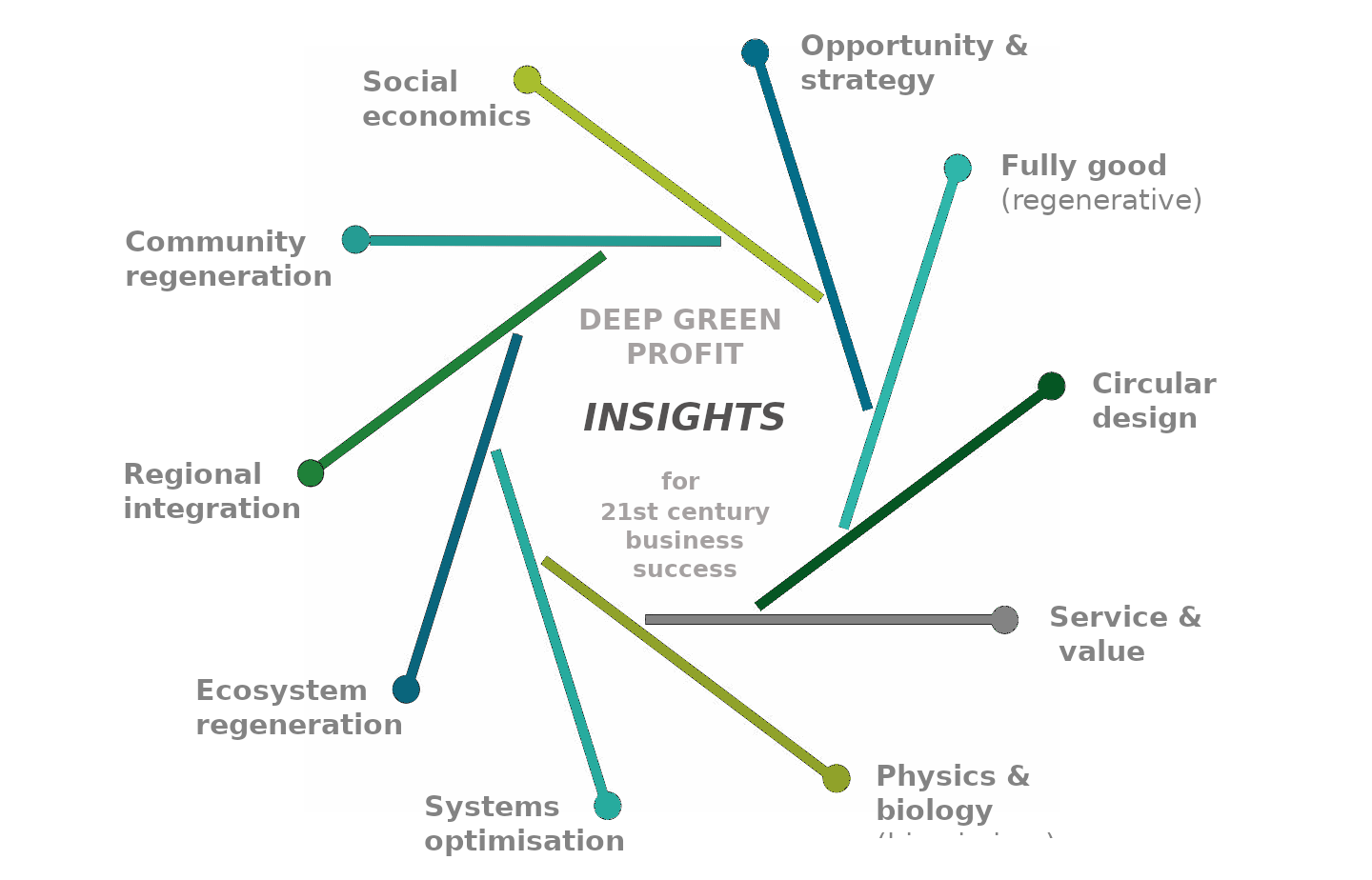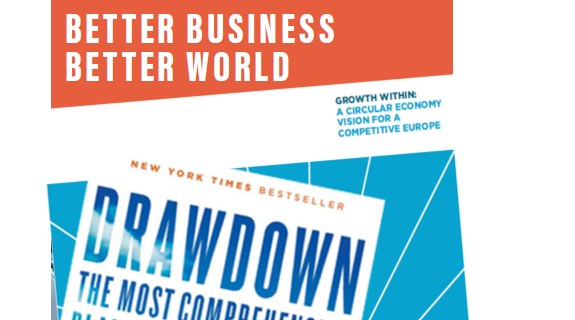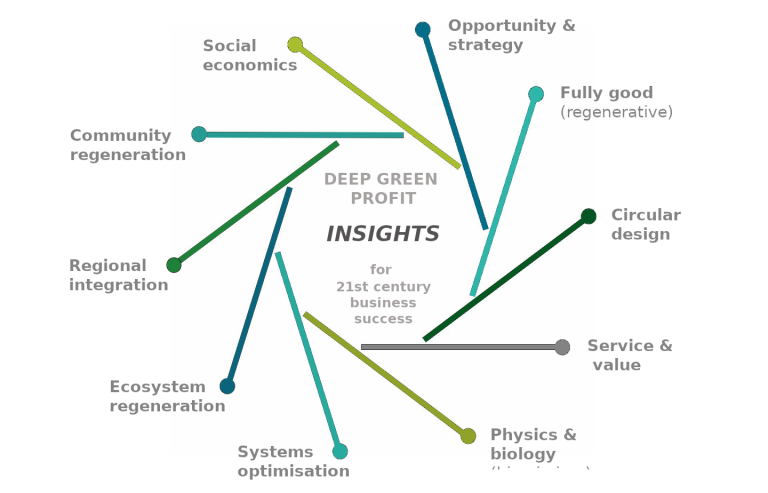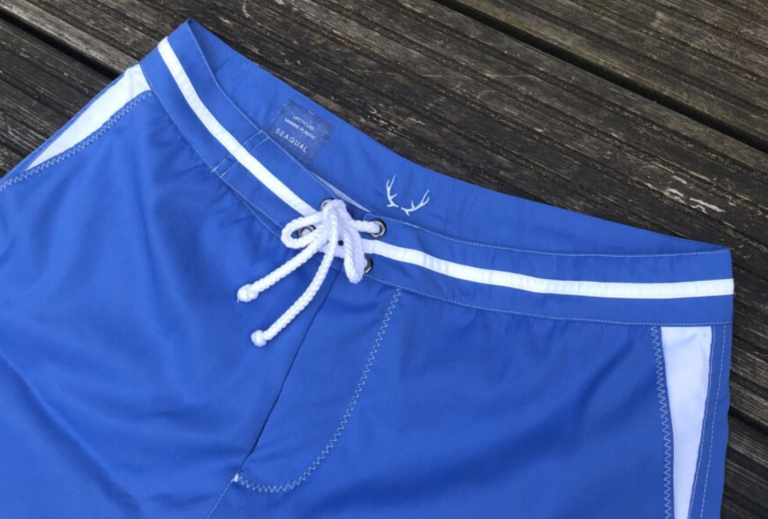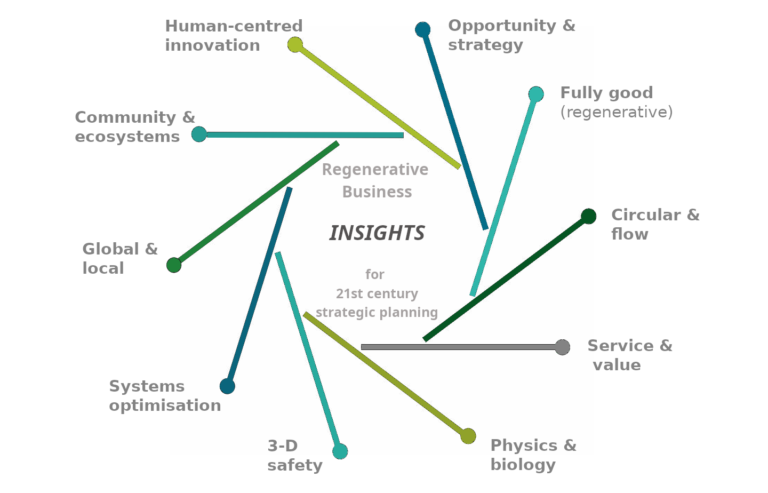Smarter design is thinking in circles
Smart inventors, thinkers and early adopters have been developing better approaches to doing business for decades. We have an extensive body of knowledge – one you can explore by researching terms such as Circular Economy and Cradle to Cradle Design.
Essentially what they’ve found is that designing and developing products, processes and systems that are designed and built for zero waste, zero toxicity, zero emissions and remanufacture at end-of-life sparks innovation, engagement and good business.
Close a loop, build a business
Australian business Close the Loop® is a fascinating case study. It was founded in 2001, and has since grown to operate across Australia, New Zealand, the US and Europe.
The idea for Close the Loop® grew out of an existing imaging supplies distribution company and their need to respond to competitive market pressures.
Under price pressure from large multinationals and cartridge refillers, founder Steve Morriss developed a unique selling proposition – to take back and recycle everything he supplied at the end of its life. His customers and suppliers bought it and Close the Loop® was born.
(Their public face in Australia is the Planet Ark collection bins you see in office supply shops.)
Today Close the Loop® is an innovative materials recovery company, specialising in the collection and recycling of toner and inkjet cartridges, toner bottles as well as other print consumables. They have developed and commercialised processes to turn old printer cartridges into a range of products – from pens to asphalt.
Their NFP partner Planet Ark is championing Circular Economy innovation across Australia, across a broad range of opportunities – from coffee grounds to consumer electronics.
Thinking circular is more than new technology
“The Circular Economy is NOT just about new businesses, new infrastructure, or new capital equipment. The Circular Economy IS all about new thinking, utilising existing assets and collaboration.” – Steve Morriss, founder of Close the Loop®
What made Close The Loop work was building relationships and designing a smarter supply chain – one that added value to the printing consumables industry and the community.
Creating agreements and business processes to deliver a more circular supply chain was every bit as important as bringing together the technical solutions.
Our 1-way industrial systems
The unspoken design of most of the industrial systems that deliver the products and services we use every day is:
MINE IT > MAKE IT > USE IT > DUMP IT {REPEAT}
Whether it’s a car, a polyester jumper or a plastic bag, most industrial systems take ZERO responsibility for what happens to their wastes or their products once they’re delivered.
This isn’t anything new, or something to do with “industrial capitalism”. Humans were doing this since the 1st century AD, when ancient Romans pillaged shellfish beds to make purple dye for their emperors’ cloaks.
THE SHIFT: from 1-way to circular
The #1 place that opportunities could be hiding “in plain sight” is in a business’ supply chain. The perspective shift beyond mine/make/use/dump to circular is challenging at first – and well worth exploring.
You might be able to remove a waste. You might be able to turn a waste stream into a value stream.
Nike is making sports shoes and basket ball courts out of ocean plastics and manufacturing waste. Interface carpets collects old nylon fishing nets from the Pacific Ocean to turn into new carpet, creating local jobs on Pacific Islands as well.
In Melbourne, a startup Reground is collecting coffee grounds from cafes, diverting it from landfill for garden use. Another local tech startup BringMeHome has built an app that prevents food waste by connecting retail food outlets with consumers.
Sources and resources
To shift your thinking, you could research Circular Economy and Cradle to Cradle Design online – especially ask your search engine what’s happening in your region or industry.
If you’re a book junkie, then The Upcycle by McDonough and Braungart is a valuable read. (This book has some awesome and inspiring concepts).
There are useful online resources at the website of The Ellen Macarthur Foundation for the Circular Economy. Here’s their introduction to circular design.
Here are some starter videos you might like:
- This inspiring video by round-the-world yachtswoman Dame Ellen Macarthur explains her journey.
- Thought leader Bill McDonough, founder of the Cradle to Cradle Product Innovation Institute speaking on design as optimism
You can find more stories, sources and resources on Circular Business here.

